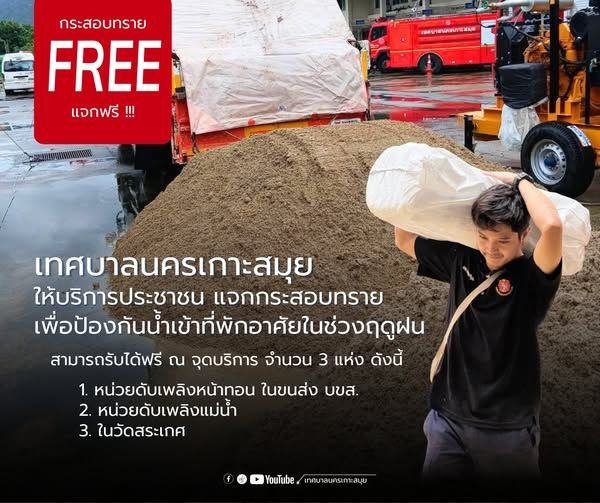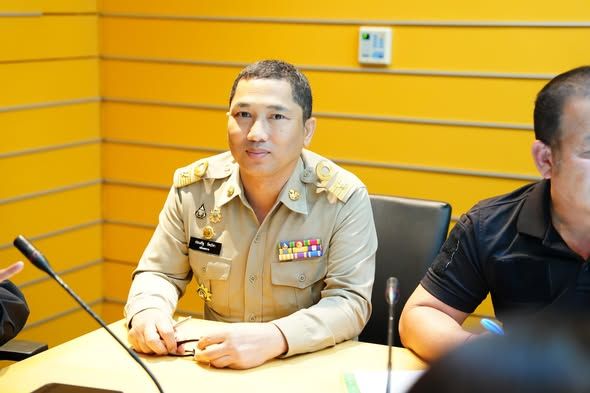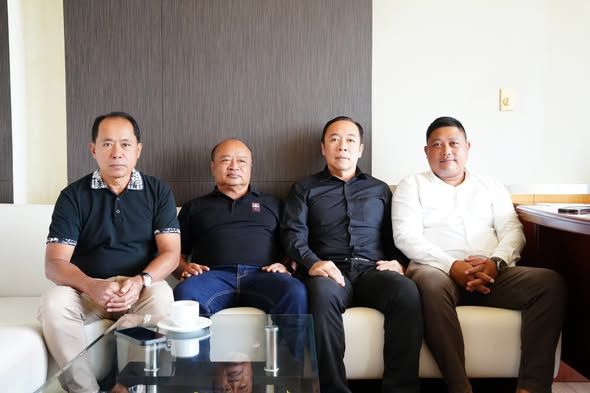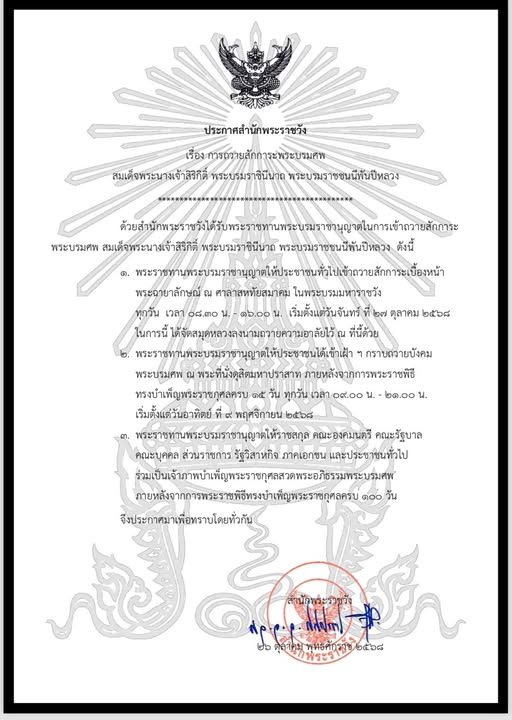Envisaging Peace Through Cultural Exchange
The enigmatic Preah Vihear temple ruins, cloaked in a rich tapestry of history and culture, stand as a poignant reminder of the shared heritage and the territorial strife between Thailand and Cambodia. Suspended in a state of accessibility for over 15 years due to border conflicts, the temple awaits the chance to reopen its gates, offering a beacon of hope for peaceful dialogue and an influx of tourism.
Conversations echoing along the corridors of time hint at a profound desire for unity. Nestled in Si Sa Ket’s Kantharalak district, the temple has been off-limits since 2008 due to territorial claims, prompting swelling anticipation for its reopening. However, the situation is more complex. The surrounding borders are a delicate balancing act of tens of thousands of Thai and Cambodian soldiers, stationed every 10-15 meters, creating a mosaic of military presence reminiscent of the confrontations 2011.
Between Borders: A Dance of Diplomacy
A web of geopolitics has unfolded in the shadow of the ancient ruins. Following the International Court of Justice (ICJ) decree in 2013, both countries withdrew armed forces stationed directly in front of the temple ruins, marking a subtle shift in territorial dynamics. Moreover, the ICJ called for Thailand and Cambodia to foster a joint agreement for mutual development of the temple’s surrounding areas, an aspiration that remains unrealized mainly since the ceasefire in 2011.
Contradictions persist. Once a beloved destination for tourists, the temple remains a fortress of sorts, access from Thailand’s territory being consistently barred by Cambodia over the last decade. Yet, as an emblem of cultural grandeur, the Preah Vihear temple complex has the potential to serve as a connective tissue between the two nations.
From Conflict to Camaraderie
Beneath the surface of this territorial ballet lies a shared humanity. Thai and Cambodian soldiers remain stationed at the borders under a unique “5+5 Policy,” which demands the presence of five officers from each country to facilitate coordination. Their roles transcend mere military duties, fostering camaraderie through shared hobbies such as volleyball, rattan ball, and petanque and extending to friendly socialization during meals.
Yet, territorial disputes endure. Local encroachments into the disputed area are frequent, and while officers have striven to maintain peace by ensuring that soldiers adhere to their designated spots assigned in 2011, tensions still loom.
The Path to Peace and Tourism
Recent developments, however, show promising signs of progress. On May 18, a sports event was organized by border security forces from Thailand, Cambodia, and Laos, serving as a testament to the potential of inter-military relations. In addition, Cambodia’s military reshuffling, endorsed by Lt Gen Hun Manet, son of Cambodian Prime Minister Hun Sen, might further aid in easing border conflicts.
Central to this vision of peace is tourism. Allowing access to the Preah Vihear temple on Si Sa Ket’s ground and facilitating Cambodian tourist entry into Pha Mor E-Daeng in Khao Phra Viharn National Park may present a mutually beneficial solution. Successful negotiation of this strategy could result in sustainable tourism and permanent military withdrawal.
A World Heritage Site Awaiting Resolution
The Preah Vihear temple, a UNESCO World Heritage Site built on a cliff in the 9th century and completed in the 11th, is a majestic tribute to the Hindu God Shiva. However, the site’s grandeur is matched only by its symbolism, standing as a testament to a shared history that continues to bear the weight of the present. As the ICJ calls for joint efforts to protect this heritage site, the potential for Thailand and Cambodia to mend their rift through cultural diplomacy is poised on the horizon.
 built on a cliff in the 9th century and completed in the 11th, is a majestic tribute to the Hindu God Shiva. However, the site's grandeur is matched only by its symbolism, standing as a testament to a shared history that continues to bear the weight of the present. As the ICJ calls for joint efforts to protect this heritage site, the potential for Thailand and Cambodia to mend their rift through cultural diplomacy is poised on the horizon.](https://samuiphanganinfo.com/wp-content/uploads/2023/05/kcvzzuoc.jpg)



